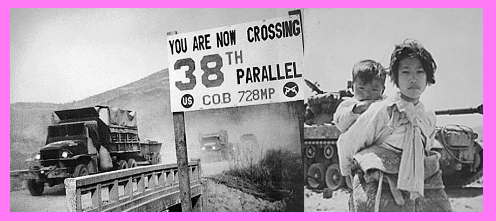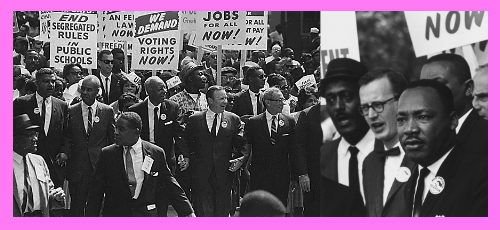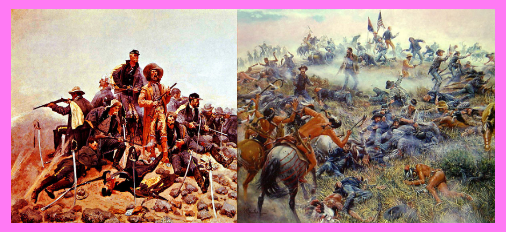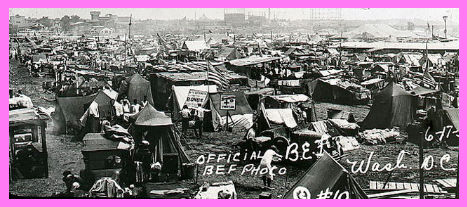
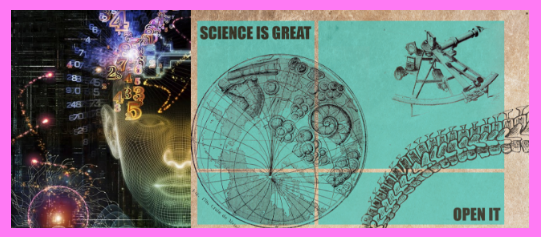
Summary of National Goals:
Summary of National Science Education Standards, Project 2061 Benchmarks for Science Literacy, NSTA’s Position Statement:
- On Learning:
- Students should explore broad concepts or “big ideas” instead of isolated facts or skills. Learning frameworks rather than facts will enable students to continue to learn and understand new ideas as they emerge in our ever changing technological society.
- Students should learn how to think critically, solve problems, and make decisions. Learning these skills will prepare students to make informed decisions that impact their own lives and societies.
- Students should actively construct meaning from experiences with concrete materials, not be passive observers. Students need to actively engage with phenomena to construct deep understandings.
- Students should learn how to apply science and technology to everyday life. Students should learn how science is relevant to their present and future lives.
- Science should foster students’ natural sense of curiosity, creativity, and interest. Teachers should leverage students’ interests to make learning more engaging.
- Science instruction should foster develop of scientific attitudes in students. These attitudes include: seeking out knowledge based on evidence, questioning ideas, relying on data, accepting ambiguity, being willing to refine explanations, respecting reason, being honest, and collaborating to solving problems
- On Curriculum:
- Less content should be covered – aim for depth not breadth.
- Science should be portrayed as interdisciplinary – should explicit connect fields of study.
- Students should explore the interrelationships among science, technology, and society.
- On Teaching:
- The teacher acts as a guide (facilitator) of exploration, not solely as an authoritative presenter of knowledge.
- The content of science should be taught as a process involving investigation and answering questions.
- Science instruction needs to be integrated with instruction in other discipline areas.
- Science instruction should encourage students to challenge conceptions and debate ideas.
- Science instruction should build on students’ prior experiences and knowledge.
Connections between National Goals and Project-Based Learning (PBL)
- PBL focuses on covered less content with more depth:
- In PBL units, students investigate authentic questions that explore central concepts over an extended period of time.
- Students ask and modify questions, perform investigations and build artifacts over longer periods of time (weeks, sometimes months depending on the scope of the project)
- PBL’s driving question are important, meaningful and worthwhile to students.
- Students learn to apply content towards real world applications
- Students learn how to apply solutions that apply to their own lives.
- PBL promotes an interdisciplinary approach.
- While creating artifacts, students may learn how to read and write more effectively in more technical genres.
- While conducting background and experimental research, students may learn connections to other fields such as mathematics, other science course, history, etc.
- PBL teacher act as facilitators of exploratory experiences.
- Teachers guide students through the processes of modifying driving questions, developing investigations, engaging in explorations, collaborating with others and creating artifacts.
- In PBL projects, students collaborate to solve problems and learn new content.
- Student interact with other students and experts to construct knowledge, debate ideas, share and explore ideas.
- In PBL projects, teachers leverage students’ prior knowledge to guide scaffolding and assessments.
- Investigation is at the core of science PBL projects. Through investigations, students learn a balance of science content and process skills.
- PBL units engage students and leverage students’ natural curiosity. Students questions (need-to-knows) drive the curriculum in PBL units.
- PBL supports the development of scientific attitudes and habits of mind such as accepting ambiguity, being skeptical, and respecting reason.
- PBL stresses assessment processes that are embedded in the instructional process. Assessments double as tools in the investigation and as evidence of student learning.

Project based learning (PBL) is deeply connected with national science goals for science teaching, learning, and curriculum. Through PBL, students receive opportunities to learn the content, frameworks, strategies, attitudes, and habits of minds that make science an effective investigative and problem solving discipline. Even if students do not become scientists, students can apply science knowledge, skills and attitudes to make informed decisions about their lives and their societies.

Preparation Steps
- Analyze science curriculum standards. Look for enduring understandings and opportunities for interdisciplinary connections.
- Design a yearlong project sequence that focuses on enduring understandings. Where possible include projects that make natural connections to other subjects.
- Design projects that are held together by engaging investigative driving questions.
- Design project scaffolding that emphasizes the relationships among concepts and key process skills.
- Design assessments that double as investigative tools and diagnostic tools that gather evidence on student learning.
- Evaluate project designs using Summary of National Goals on teaching, learning, and curriculum. See above. Refine projects designs to better align to national goals.
Early Implementation Steps
- Implement projects designed in preparation steps.
- Use many formative assessments to fine tune projects and to give students specific feedback they can use to refine their understandings and products.
- Evaluate project implementation using Summary of National Goals on teaching, learning, and curriculum. See above. Refine projects implementation to better align to national goals.
Advanced Implementation Steps
- Collaborate with experts outside school to create more authentic learning experiences for students.
- Design projects that enable students to use science to solve problems in their communities.

- PBL articles
- Science articles
- Essential questions
- Crafting the driving question

 Chapter 1 in
Chapter 1 in 


